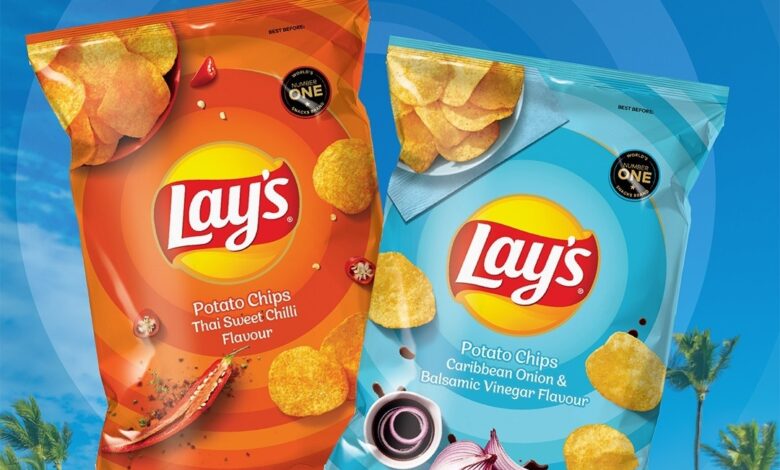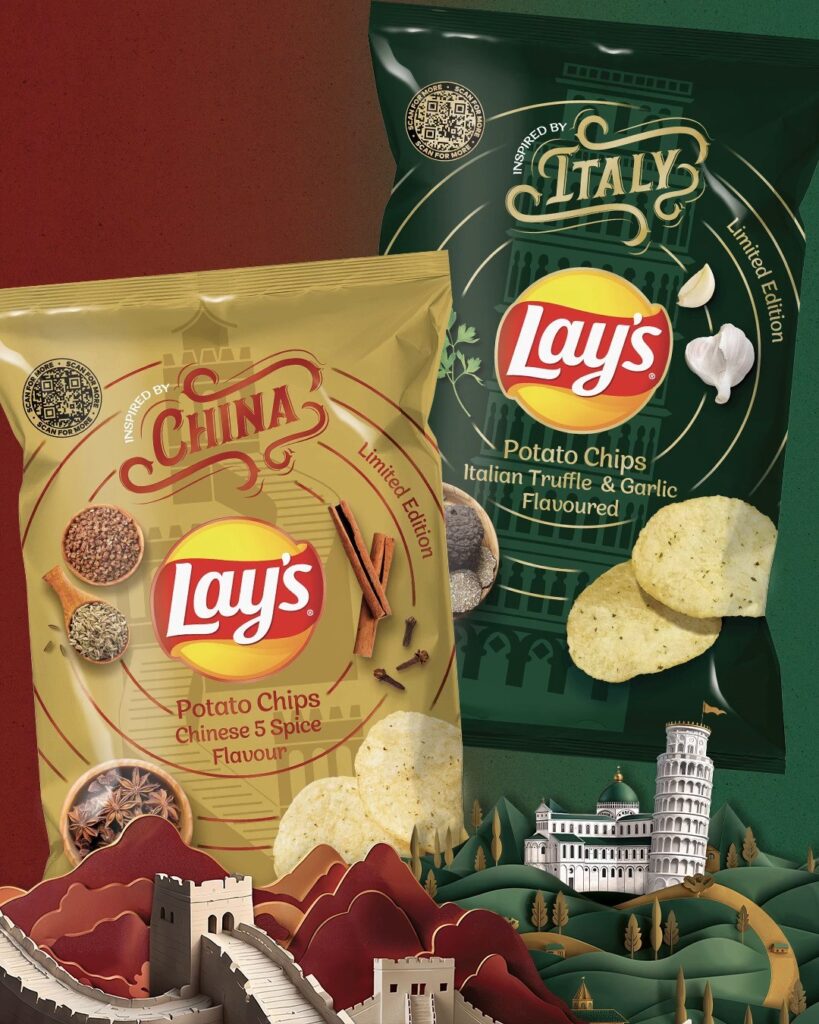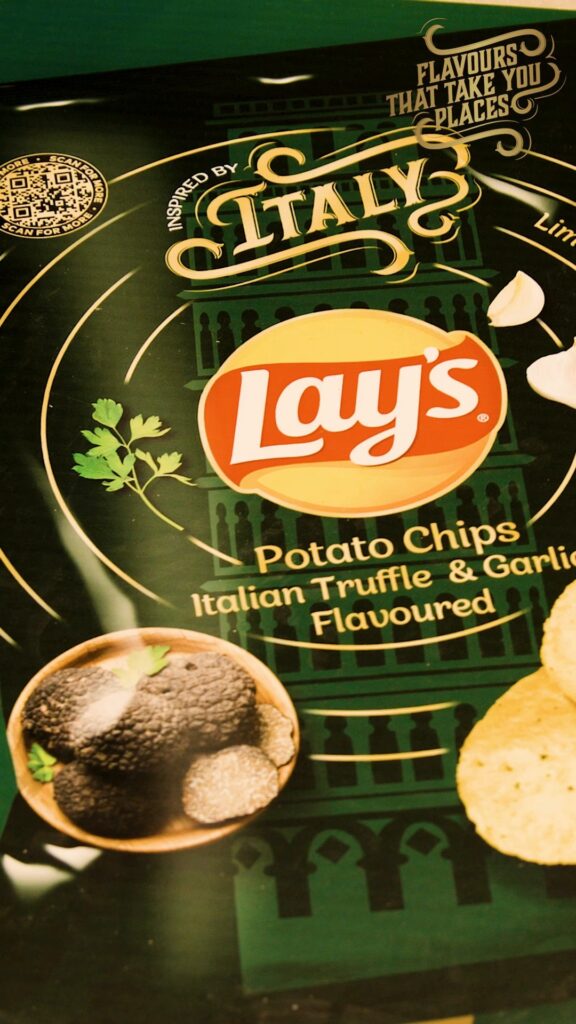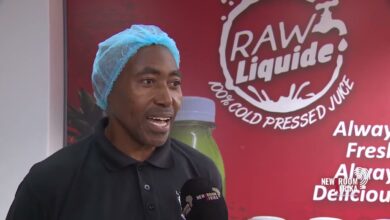Lay’s South Africa: How a Global Brand Won Over Local Snack Lovers

Lay’s South Africa: How a Global Brand Won Over Local Snack Lovers. Lay’s, a globally recognized snack brand under PepsiCo, has become a dominant force in South Africa’s potato chip market. Competing in a landscape traditionally ruled by local favorite Simba, Lay’s successfully carved out a strong market presence through strategic branding, innovative marketing, and a commitment to quality. But how did Lay’s manage to capture the loyalty of South African consumers? Let’s explore the key strategies and turning points that contributed to its success.
Entering the South African Market: A Focus on Premium Quality
Lay’s entered the South African market as part of PepsiCo’s broader expansion strategy. While PepsiCo has been present in South Africa since 1948, Lay’s gained traction by emphasizing its premium quality and unique light, crispy texture. Instead of competing on price, Lay’s positioned itself as a high-quality snack made from the finest potatoes, distinguishing itself from local competitors.
Lesson for Entrepreneurs: Entering a competitive market requires a clear value proposition. Highlighting quality and differentiation can help establish a strong foundation.

Strategic Marketing and Localized Campaigns
A significant factor in Lay’s success was its ability to localize its marketing campaigns. The brand leveraged popular South African figures to resonate with local audiences. A notable example is the “No Lay’s, No Game” campaign featuring South African football legend Lucas Radebe, which successfully engaged football fans and reinforced Lay’s as the perfect snack for sports occasions.
In addition, Lay’s invested heavily in digital and social media marketing, creating engaging content that encouraged consumer interaction. By embracing multi-platform advertising, the brand ensured it remained top-of-mind for snack lovers across the country.
Lesson for Entrepreneurs: Adapting marketing strategies to local culture and interests enhances brand connection and engagement.
Flavor Innovation: Catering to Local Tastes
Understanding the diverse palate of South African consumers, Lay’s introduced a range of flavors that catered to local preferences. While internationally known for its classic flavors, in South Africa, Lay’s launched the “Flavours of the World” campaign, offering unique and bold tastes inspired by different cuisines.
Although specific flavors like ‘Sweet & Sour Rib’ and ‘Smoked Beef’ have been widely associated with Lay’s internationally, their South African market adaptations focused on local favorites, ensuring the brand remained relevant and appealing.
Lesson for Entrepreneurs: Offering localized product variations helps brands connect with regional audiences and enhances customer loyalty.

Competing with Local Giants: The Lay’s vs. Simba Battle
Simba, a well-established South African brand, posed a significant challenge for Lay’s. Instead of engaging in direct price wars, Lay’s focused on differentiating itself through quality, branding, and a unique product experience. The crispier, thinner texture of Lay’s chips contrasted with Simba’s traditional thicker-cut chips, offering consumers an alternative snacking experience.
Lay’s also ensured strong distribution partnerships with major retailers, making the product easily accessible nationwide.
Lesson for Entrepreneurs: Competing in an established market requires differentiation rather than direct competition. Offering an alternative that highlights unique benefits can be a winning strategy.
Expansion and Digital Engagement
To strengthen its market presence, Lay’s expanded its product line with various pack sizes to cater to different consumer needs, from individual snack packs to family-sized options. This strategy increased affordability and accessibility, making Lay’s a versatile choice for different occasions.
Additionally, Lay’s invested in digital marketing initiatives to drive engagement. Campaigns such as “No Lay’s, No Game” leveraged online platforms, encouraging user-generated content and interaction with the brand.
Lesson for Entrepreneurs: Expanding product accessibility while maintaining premium positioning can drive long-term market success.
Sustainability Efforts: Enhancing Brand Trust
As consumers become more environmentally conscious, Lay’s has adapted by implementing sustainability initiatives. PepsiCo’s Lay’s RePlay initiative, which repurposes chip packaging into sustainable football pitches, exemplifies the brand’s commitment to eco-friendly practices. Additionally, investments such as the R746-million upgrade at the Isando factory showcase Lay’s dedication to local production and job creation.
Lesson for Entrepreneurs: Incorporating sustainability into business strategies not only benefits the environment but also strengthens consumer trust and brand loyalty.

Final Takeaways: What Entrepreneurs Can Learn from Lay’s Success
Lay’s journey in South Africa highlights key principles that businesses can apply when entering competitive markets:
- Define a unique value proposition. Lay’s focused on premium quality and texture rather than price competition.
- Leverage localized marketing. The use of South African sports icons and tailored advertising campaigns helped build strong consumer connections.
- Offer product diversity. Lay’s introduced flavors and pack sizes that catered to varying consumer needs.
- Differentiate from competitors. Instead of mimicking Simba’s approach, Lay’s provided an alternative snack experience.
- Embrace digital and sustainability initiatives. Engaging online campaigns and eco-friendly innovations helped enhance brand perception and loyalty.
By staying true to its identity while continuously evolving to meet consumer preferences, Lay’s has successfully positioned itself as a leading snack brand in South Africa. Entrepreneurs looking to build a powerful brand can learn valuable lessons from Lay’s approach—because in business, just like in snacking, the right ingredients make all the difference.




